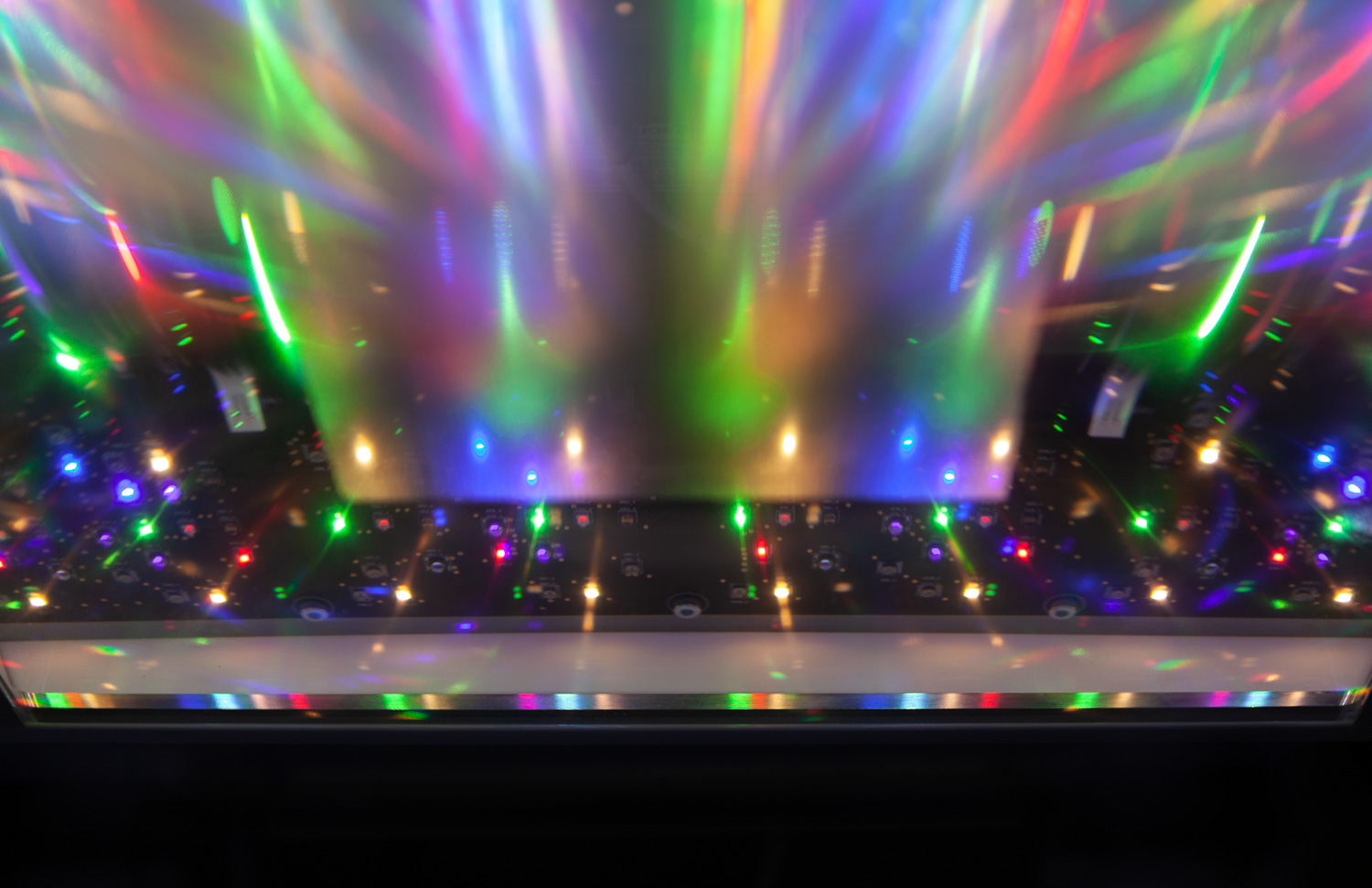LED’S GET DISRUPTIVE
Photovoltaics and beyond
When WAVELABS climbed onto the solar metrology stage, conventional legacy technology ruled the day. Since then, our LED-based tools have pushed the envelope and revolutionized the industry.
Valuable experience and know-how was gained along the way, and we now hope to leverage that expertise to innovate in other industries. Give us a call and LED’s collaborate.
Exploring new frontiers
A common train of thought that runs through our minds at WAVELABS is, “how can LEDs do a better job?” There must be opportunities to work with industries as they innovate and improve. We trust that there is always scope for cost-effective tools that are coupled with better features and greater flexibility.


Non-destructive testing and inspections
Solar metrology is a very exacting discipline. It demands high precision — of both spectra and measurements. Non-destructive testing for cracks and other defects in materials requires spectral accuracy as well. As a manufacturer for the PV industry, controlling spectra from LED light engines is what we do best.
Horticulture
Every plant species requires a unique spectrum to achieve maximum health and growth. Usually, that’s the spectrum typical of its native territory. Just as our SINUS products can replicate sunlight from any region of the world, we can build light sources that offer optimal spectra, no matter what type of plant you’re growing.


Semiconductors
The process used to make most printed circuit boards is known as photolithography. It involves transferring a pattern onto a photosensitive substance on the substrate. In subsequent steps, the pattern is either etched into the substrate or receives new material deposited on top of it. UV-LED technology is poised to replace mercury arc lamps in mask aligners, steppers, and other photolithography equipment.
UV curing and exposure
Adhesives used in automobiles, electronics, and pharmaceuticals often require UV light to accelerate the curing process. LEDs deliver consistent results when high power and reliable operation are essential. The LED revolution has already begun in this space.


Life Sciences
Fluorescence microscopy requires an accurate and powerful light source. The optical path of these types of systems can cause significant light losses. Constant illumination across a broad spectral range from the near-UV up to longer red wavelengths can be necessary. Once again, the requirements practically beg for a reliable, efficient LED solution.
Photoelectrochemistry (PEC)
Splitting water directly with sunlight is a promising path to produce green hydrogen as fuel and for storing the energy of the sun. Fraunhofer CSP is conducting research to identify the most effective combination of materials in PEC-cells. The source of sunlight in the Fraunhofer CSP lab is one of our SINUS-220 LED sun simulators.

Vehicle-integrated Photovoltaic (VIPV)
The electric vehicle industry is growing rapidly. Limited availability of charging points, long charging times and small vehicle batteries are causing some EV owners “range-anxiety” and are stopping many other customers from buying an EV in the first place. Research shows that under favorable conditions, VIPV can reduce the number of required charging moments by 50%. Several start-ups and research institutes are evaluating vehicle-integrated photovoltaic solar panels (VIPV). Read our White Paper.
Want to make some waves of your own?
Maybe you’re looking to replace a legacy light source in an industry we’ve never considered. LED us know your requirements — LEDs may be your best solution. With our technology portfolio, we’re probably already halfway there.




